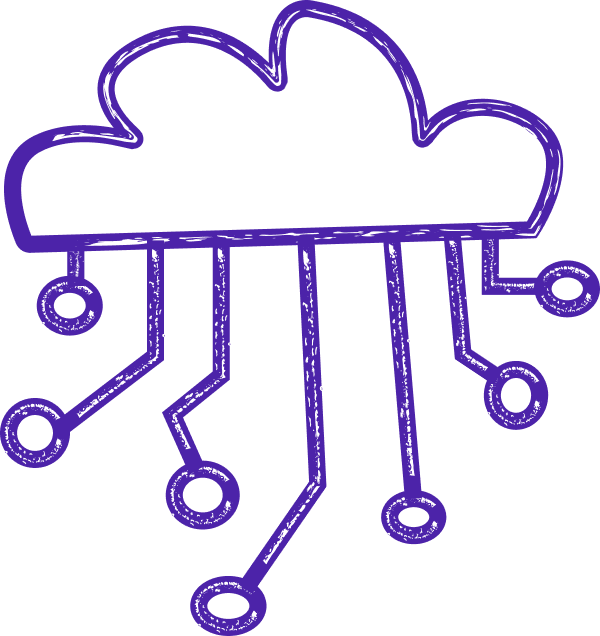
what is software composition analysis
Software Composition Analysis
In today's highly interconnected and fast-paced digital landscape, software development often relies on the integration of pre-existing code libraries and frameworks, both from internal and external sources. This approach offers numerous benefits, such as faster development cycles, reduced costs, and increased functionality. However, it also introduces potential risks and challenges, particularly in terms of security vulnerabilities and compliance issues.
SCA addresses these concerns by providing a systematic approach to identifying and managing the software components used in an application. By leveraging specialized tools and techniques, SCA enables organizations to gain visibility into the composition of their software, including the identification of open source components, third-party libraries, and proprietary code. This analysis helps developers and security teams understand the potential risks associated with the software components and take appropriate actions to mitigate them.
One of the primary objectives of SCA is to identify any known vulnerabilities or security weaknesses present in the software components. This is achieved by comparing the identified components against vulnerability databases, which contain information about the security issues that have been discovered and reported by the software community. By proactively identifying and addressing these vulnerabilities, organizations can significantly reduce the risk of security breaches and data breaches, ensuring the integrity and confidentiality of their systems and the data they handle.
In addition to security concerns, SCA also plays a crucial role in ensuring compliance with various licensing requirements and obligations. Open source software, in particular, is governed by a wide range of licenses, each with its own set of terms and conditions. Failure to comply with these licenses can lead to legal consequences, reputation damage, and financial penalties. SCA helps organizations identify the open source components used in their software and assess the associated licensing obligations, enabling them to make informed decisions and ensure compliance with the relevant license terms.
Furthermore, SCA provides valuable insights into the overall quality and maintainability of the software components. By analyzing the code and dependencies, organizations can assess factors such as code complexity, code duplication, and outdated or deprecated components. This information allows developers to prioritize refactoring efforts, optimize code quality, and ensure the long-term sustainability of their software applications.
In conclusion, Software Composition Analysis is a critical practice for organizations seeking to build secure, compliant, and high-quality software applications. By systematically identifying and analyzing the software components and dependencies, SCA enables organizations to mitigate security risks, ensure compliance with licensing obligations, and enhance the overall quality of their software. Incorporating SCA into the software development lifecycle empowers organizations to make informed decisions, reduce vulnerabilities, and deliver reliable and resilient software solutions in today's dynamic and interconnected digital landscape.
Let’s build your next digital product — faster, safer, smarter.
Book a free consultationWork with a team trusted by top-tier companies.








